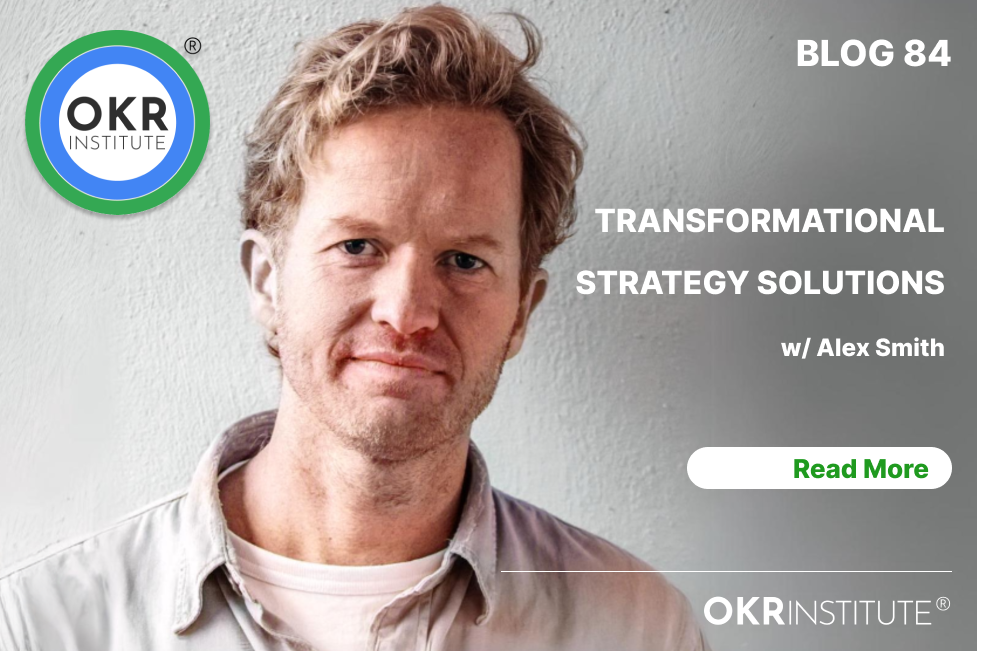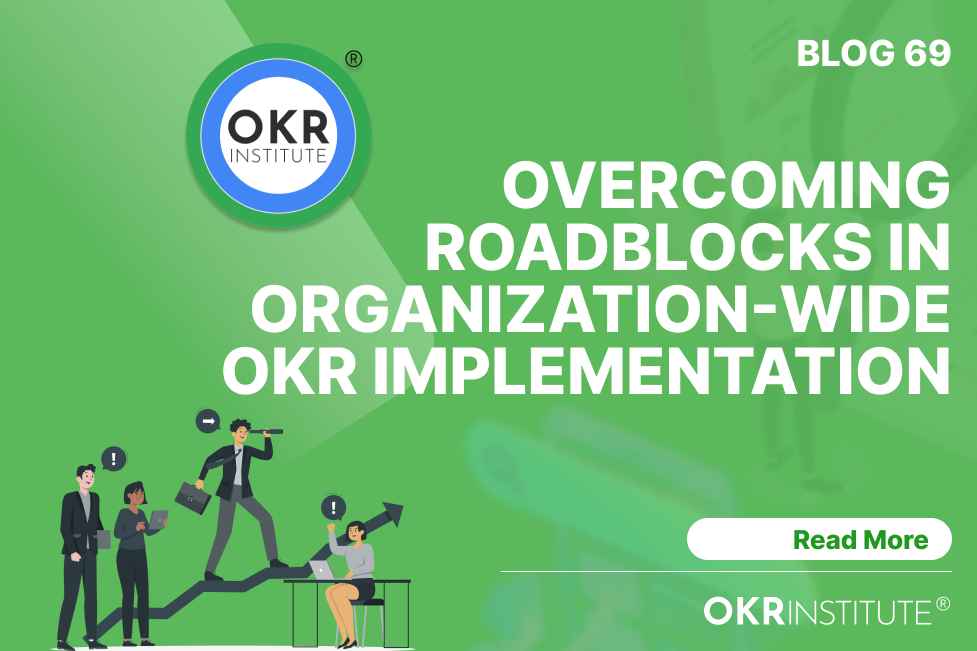The three Cs’ of Agile Leadership

The three Cs’ of Agile Leadership
Leadership as a concept, specifically Agile Leadership, is much written and spoken about. How to translate leadership principles into action is the critical question that we need to answer to make a significant impact in this world. This article explores translating leadership concepts such as commitment, communication, and collaboration into confident action.
If and when Leadership is only discussed as a concept, yet there is a void regarding leadership behaviors’, OKRs are likely to be unsuccessful and sustainable. The leadership behaviors of commitment, clear and inspirational communication, and valuable collaborations are essential to robust Agile Leadership.
Agile leadership is not only about speed –
- Speed to market
- Innovation rate
- Delivering value faster
Agile Leadership is about creating trust and transparency by acting on your commitments, communicating clearly and concisely, and collaborating effectively.
Commitment
Commitment is a widely used word, but how does it look in practice? Commitment starts with a willingness to step outside your comfort zone and stretch your potential to its maximum capacity. The foundation of Commitment is to venture into your ‘learning zone’ and ‘growth zones’ wherein you embrace beneficial change and reach beyond the usual.
You are much more likely to be committed when you are inspired by the company’s compelling and collective vision and purpose and when you act according to the shared value system of the team. She is truly committed when a martial artist puts her body on the line and fights with everything she has. He is genuinely committed when a team member puts the team ahead of himself and aligns all his effort toward actualizing the team’s objectives.
One of the foundational elements of Commitment is a growth mindset orientation. Contributing helpful ideas and actioning them with positive intent and hard work is a commitment in action.
Without commitment you cannot have depth in anything.
Neil Strauss
Communication
Despite agile practices’ most managers still tell people what to do. The best way to produce results from meetings is to prepare excellent questions for each engagement over being prepared with what to say. Speeches must make way for open and collaborative conversations.
Preparing for meetings with ‘what’ and ‘how’ questions that are positively framed is a perfect way to induce proactive and useful conversations that leads to action –
How did you gain momentum moving forward on the key result? What blockers are you facing, and how can I help? How can I help you better? What is it that you need to be successful?
It is an essential best practice to draw up a communications plan in support of actualizing OKRs that covers:
- The frequency of and framework for check-ins
- when and how OKR related town-halls will be conducted
- How coaching and an OKR education will be utilized as a foundation for OKR success
- How we will communicate during OKR workshops
Concise, clear and inspirational communication is the cornerstone of Agile leadership.
collaboration
OKRs, for example, are far-reaching goals, and individuals or tiny groups are unlikely to achieve moonshots. Successful collaborations are not only about individuals working together as a team toward one goal –
It is also about cross-functional collaboration to break down the silo effect to ensure that different teams align to the same end goals. We foster ownership throughout OKR frameworks, and members from other groups can own Key results within one framework. Meaningful collaborations are about a joint focus on what truly matters and ‘moves the needle’ toward sustainable achievement.
Instead of telling others what to do and engaging in micro-management, we can collaborate toward our joint success through sharing ideas and jointly putting them into action.
Talent Development Director of the OKR Institute
Related Courses
Recent Posts
Tags
#OKR
#OKR Coaching
#OKR Coach







